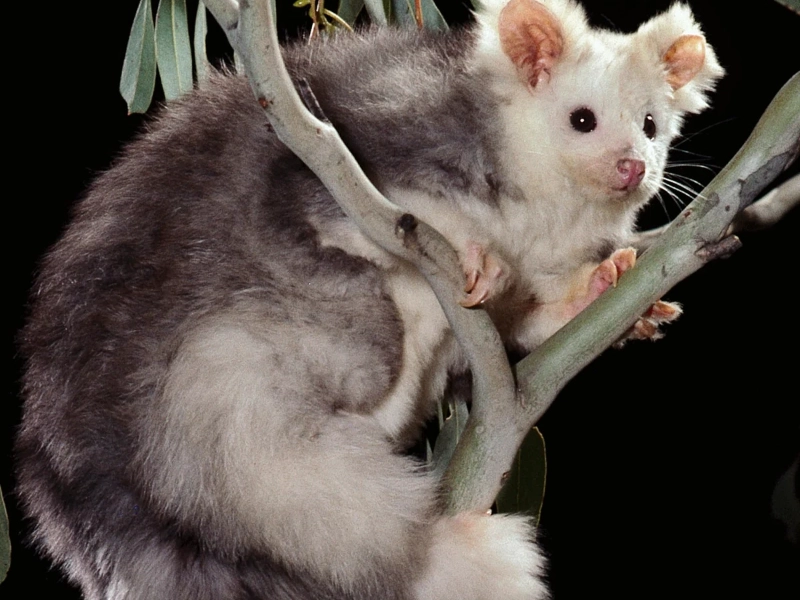13 of the Cutest Tree-Dwelling Animals in the World
Advertisement
Greater Glider

Advertisement
Native to Australia, the fascinating marsupial known as the greater glider is renowned for its extraordinary glide from tree to tree. Its specialised membrane, which stretches between its elbows and ankles, enables this unusual form of mobility and helps it to soar elegantly and precisely. Though they have different qualities, greater gliders are sometimes compared to flying squirrels. One of the most charming marsupials in the Australian bush, their big, floppy ears and bussy tails accentuate their appeal.
Mostly consuming eucalyptus leaves, larger gliders have a taste in food similar to koalas'. But their reliance on eucalyptus also renders them susceptible to habitat degradation, especially the destruction of big, ancient trees that offer vital cover and food supplies. These trees provide protection from predators and a place to nest in addition to being essential for their food. Greater glider populations are seriously threatened by the loss of these habitats resulting from logging, land clearing, and climate change; the International Union for Conservation of Nature (IUCN) has classified them as a vulnerable species in response.
More amazing behaviours of greater gliders demonstrate their adaptations to living in the treetops. Being mostly nocturnal helps them to take advantage of the cooler evening temperatures and escape daytime predators. Their wide eyes fit low-light environments and help them to easily negotiate the forest canopy. Greater gliders glide easily between branches by using their bushy tails for balance and direction. In their native environment, this gliding ability not only facilitates mobility but also helps them avoid possible hazards, hence enabling their agility and elusive nature.
Protection of the larger glider and its habitat depends on conservation initiatives. Essential first measures towards guaranteeing the survival of eucalyptus forests, wildlife corridors to enable migration between fragmented habitats, and public understanding of the significance of these marsupials are initiatives aiming at preserving eucalyptus forests. Projects for habitat restoration involving eucalyptus tree replanting and safe areas for more gliders to flourish will greatly help to increase their numbers.
Finally, the amazing marsupial known as the greater glider captures the elegance and intricacy of Australia's environments. Both researchers and nature lovers find great interest in them because of their unusual gliding adaptations and appealing look. Still, the difficulties they encounter highlight how crucial conservation is to preserving their ecosystems and guaranteeing their existence. Understanding the ecological importance of more gliders and supporting their protection would help us to support the continuous efforts to protect these fascinating animals and the enormous biodiversity of their forest habitats.
You May Like
Advertisement

